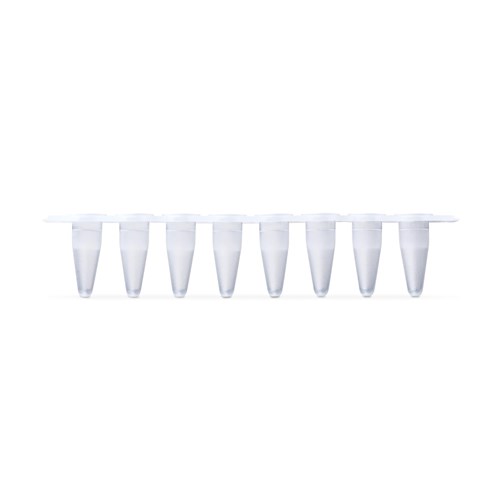DD Probe 5' ATTO 647N 3' QXL® 670 - 1 probe
- Cat.Number : PB-DDQA6-004
- Manufacturer Ref. :
-
Availability :
In production
Eurogentec is a supplier of Double-Dye Oligonucleotide probes and offers the largest number of fluorescent reporters and quenchers. Double-Dye Oligonucleotide probes with various non-fluorescent quenchers and a variety of fluorescent dyes can be conveniently ordered using our web ordering interface. Furthermore, as many applications, like genotyping or gene expression profiling, are requiring small amounts of several different probes, Eurogentec has developed a high-throughput platform to produce high quality small scale Real-Time qPCR Double-Dye probes.
LNA® Double Dye probes
LNA® bases have a modification to the ribose backbone that locks the base in the C3’-endo position. Compared to DNA Double-Dye probes, LNA® Double-Dye probes exhibit higher thermal stabilities, specificity and reproducibility. They show better mismatch discrimination which allows the use of shorter probes. Furthermore, LNA® offers the possibility to adjust Tm values of primers and probes in multiplex assays.
What you have to know about your double-dye probe
All Double-Dye Oligonucleotides are HPLC purified. They are controlled by analytical HPLC and MALDI-TOF Mass Spectrometry. Double-Dye Oligonucleotides are provided lyophilized in individual 2 mL tubes. Higher scales from 2.5 µmol may be delivered in 50mL tubes. The optimal recommended length of Double-Dye Oligonucleotide probes is 25 bases. The maximum length of Double-Dye Oligonucleotides is 35 bases. In case of extra long Double-Dye Oligonucleotides probes are required, quenchers like Black Hole Quencher®, Deep Dark Quencher I and TAMRA can be coupled internally.
How do the double-dye probes work?
Double-Dye Oligonucleotides have a fluorescent reporter dye and a quencher at their 5’ and 3’ ends, respectively.
Double-Dye Oligonucleotides are designed to anneal between the upstream and downstream PCR primers. The Tm of the Double-Dye Oligonucleotide probe must be higher than the upstream primer, to avoid that the later primer is already being extended while the Double-Dye Oligonucleotide probe is not yet annealed.
During the amplification process, the 5’-> 3’ exonuclease activity of the Taq DNA polymerase cleaves the fluorophore from the probe. Since the fluorophore is no longer subjected to FRET quenching, it starts to fluoresce. This fluorescence can be measured, and the level is directly proportional to the amount of target DNA accumulating during the PCR reaction.
ATTO 647N - Absorbance = 644 nm, Emission = 669 nm
QXL® 670: Quenching range [610-700]nm; Max : 668 nm
Specifications
| Properties | |
| Absorbance (nm) |
|
|---|---|
| Emission (nm) |
|
| Modification | |
| Post Synthesis Coupling |
|
| Quantity & Purity | |
| Purification Method |
|
| Storage & stability | |
| Form |
|
| Resuspension condition |
|
| Storage Conditions |
|
| Activity | |
| Usage |
|
| Codes | |
| Code Nacres |
|
You may also be interested in the following product(s)


